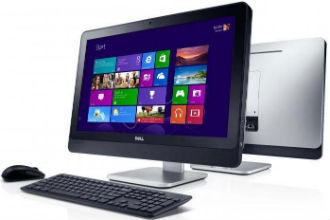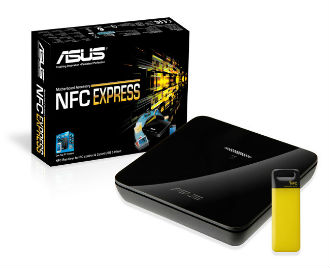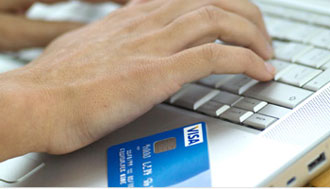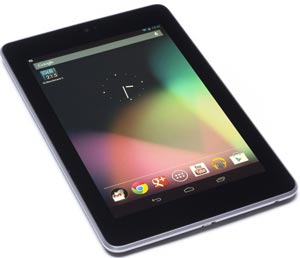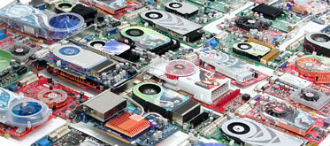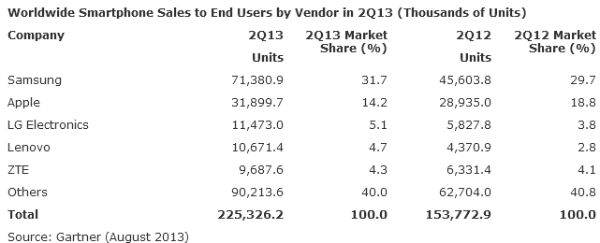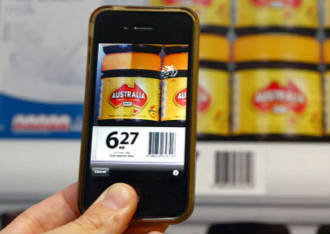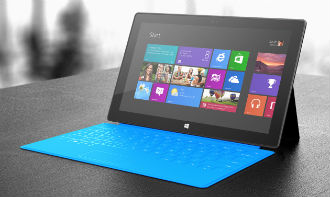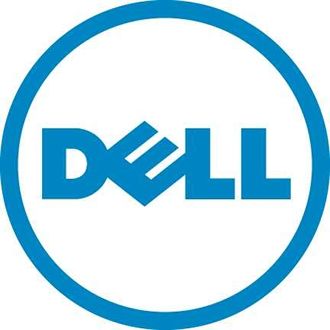 Chromebooks are the new netbooks, but not the in the sense that they’ll go extinct over the next couple of years. They are dirt cheap, making them ideal for some niches and recent surveys indicate that Chromebook deployment in SMBs and even some bigger organisations makes a lot of financial sense.
Chromebooks are the new netbooks, but not the in the sense that they’ll go extinct over the next couple of years. They are dirt cheap, making them ideal for some niches and recent surveys indicate that Chromebook deployment in SMBs and even some bigger organisations makes a lot of financial sense.
On the other hand, Chromebooks could help PC vendors weather the storm as they complement proper laptops and to some extent tablets. HP, Lenovo, Samsung and Acer are already on board. Asus is rumoured to be working on Chromebooks as well, but what about Dell?
Dell doesn’t do Chromebooks and The VAR Guy reckons that there’s a good chance it won’t do any in the future, either. Dell is trying to go private, some shareholders don’t like the idea one bit and one particular detail could end all hope of Dell Chromebooks. If Dell does indeed go private, it will have to accept a $2 billion loan from Microsoft.
It is speculation at this point, but a $2 billion loan tends to come with some strings attached. Needless to say Microsoft has a vested interest in keeping Chromebooks away from mainstream markets and it already has a great relationship with Dell. In fact, Dell is one of the few PC vendors that did not try to expand into Android tablets. It does make tablets, but they run Windows RT and Windows 8 rather than Android. Its only foray into Android waters was the Ophelia, a thumb drive PC based on Android.
It’s quite a conundrum and it might get even worse. Chromebooks are just getting started and if HP, Lenovo and the rest of the gang start reporting positive sales figures over the next few months, pitchfork wielding shareholders could start demanding Chromebooks and Android gear from Dell. Lenovo is already making a killing on Android smartphones and tablets, Acer and Asus are also doing quite well, so why should Dell shareholders settle for anything less?


